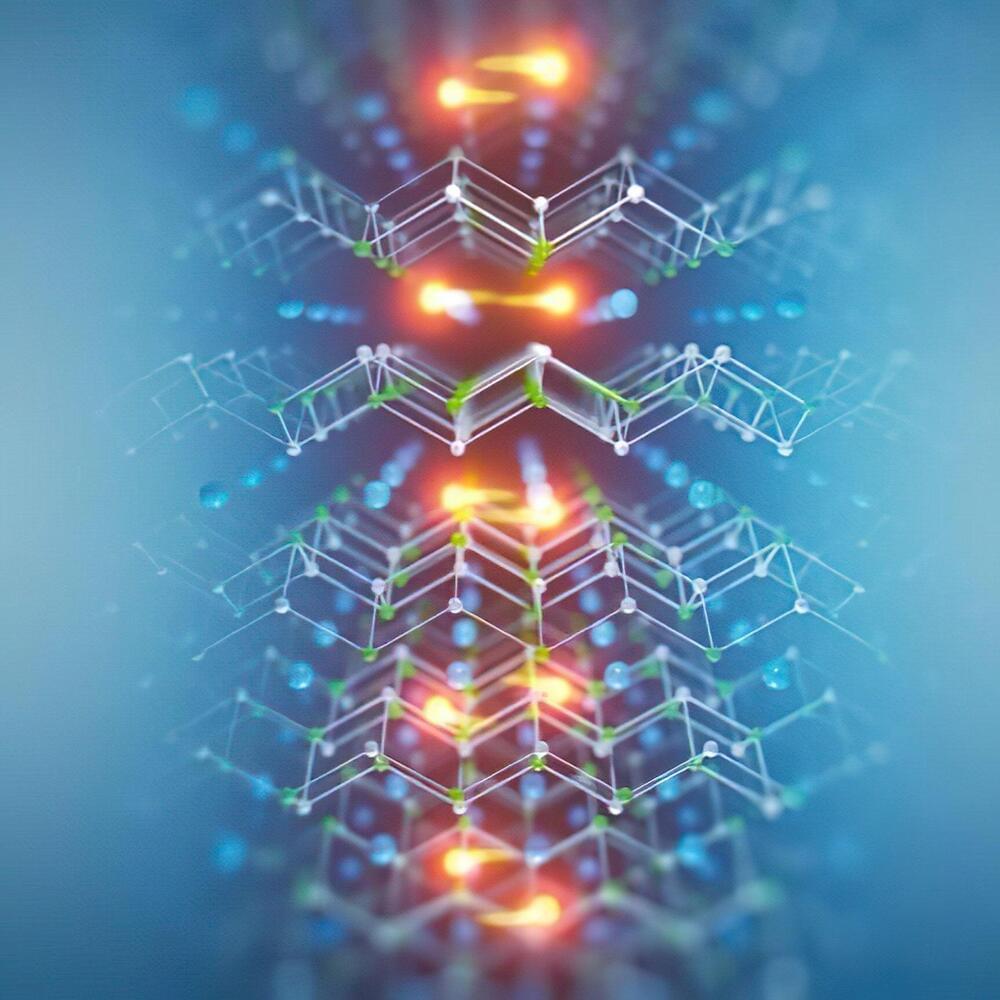The research conducted by Elena Hassinger, an expert in low-temperature physics working at ct.qmat—Complexity and Topology in Quantum Matter (a joint initiative by two universities in Würzburg and Dresden), has always been synonymous with extreme cold.
In 2021, she discovered the unconventional superconductor cerium-rhodium-arsenic CeRh2As2). Superconductors normally have just one phase of resistance-free electron transport, which occurs below a certain critical temperature. However, as reported in the academic journal Science, CeRh2As2 is so far the only quantum material to boast two certain superconducting states.
Lossless current conduction in superconductors has remained a central focus in solid-state physics for decades and has emerged as a significant prospect for the future of power engineering. The discovery of a second superconducting phase in CeRh2As2, which results from an asymmetric crystal structure around the cerium atom (the rest of the crystal structure is completely symmetrical), positions this compound as a prime candidate for use in topological quantum computing.









Comments are closed.